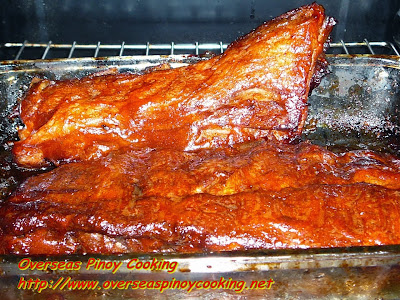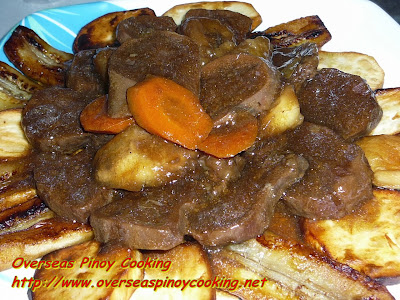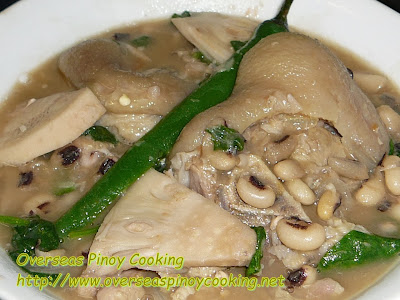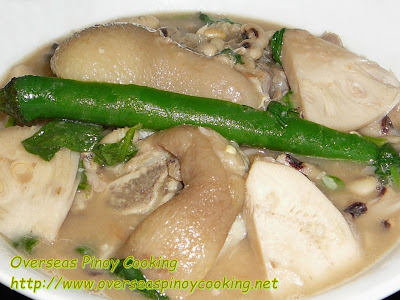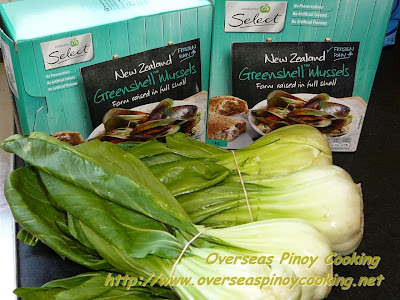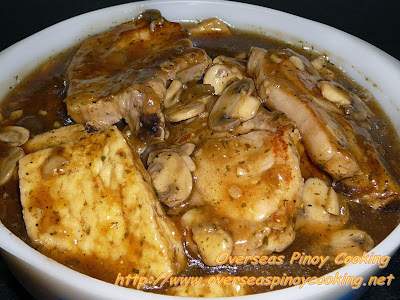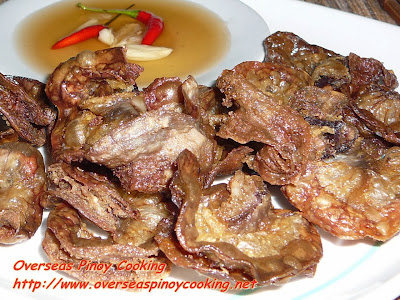Baby Back Ribs, Pinoy Style. I would like to share my easy Pinoy version of Baby Back Ribs for this Holiday Seasons. Most would have thought that Baby Back Ribs served at classy steak restaurant would be difficult to make. My version is fairly easy and any novice cook can make it as long as you have an oven at home.
For this this recipe I used pork ribs rack which should be available in most large supermarket. For our dish today I bought it from my favourite supermarket, the South Supermarket in Filinvest Alabang, yes I am in Manila for my Holiday Vacation. For the Pinoy style marinade, to make it simple I used Mama Sita’s barbeque marinade plus some soy sauce, banana ketchup, kalamansi and chopped garlic.
Here is the recipe of my Baby Back Ribs, Pinoy Style.
Ingredients
1 pc. about 1.5 kilo pork rib rack, cut in half
1 small bottle Mama Sita’s barbeque marinade
1/4 cup soy sauce
1/4-1/3 cup kalamansi juice
1/2 head garlic, chopped
1/2 cup banana ketchup
1/4 cup cooking oil
Cooking procedure
To marinate, place the pork ribs in a rectangular container with lid. Add in the garlic, kalamasi, Mama Sita’s barbeque marinade and 1/3 cup of banana ketchup. Using your hand mix thoroughly the marinade and ensure that the pork ribs are evenly coated with the marinade mixture. Replace the lid, place inside the refrigerator and let marinate for at least overnight.
To make the basting mixture mix banana ketchup and cooking oil in a small bowl.
To bake arrange the marinated pork ribs in a rectangular baking dish, cover with 2 sheets of aluminium foil. Place the baking dish in an oven pre-heated to 125°C to 150°C, bake for 1.5 hours. Then remove the aluminium and discard the oil that have accumulated on the baking dish.
To broil, baste with a thick coat, about half of the basting ketchup. Return to the oven and broil for 5 to 8 minutes. Carefully turn over the pork ribs and baste with the remaining basting ketchup, broil for 5 to 8 minutes. Serve hot with your favorite grilled side dish.










